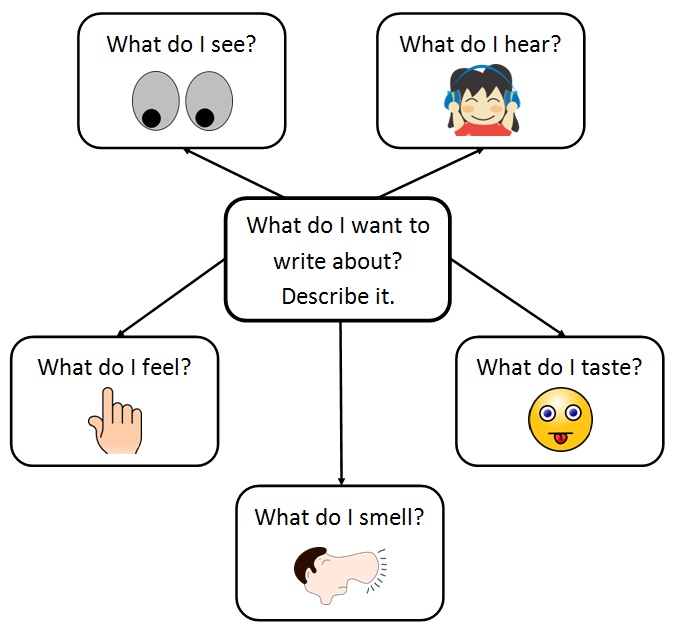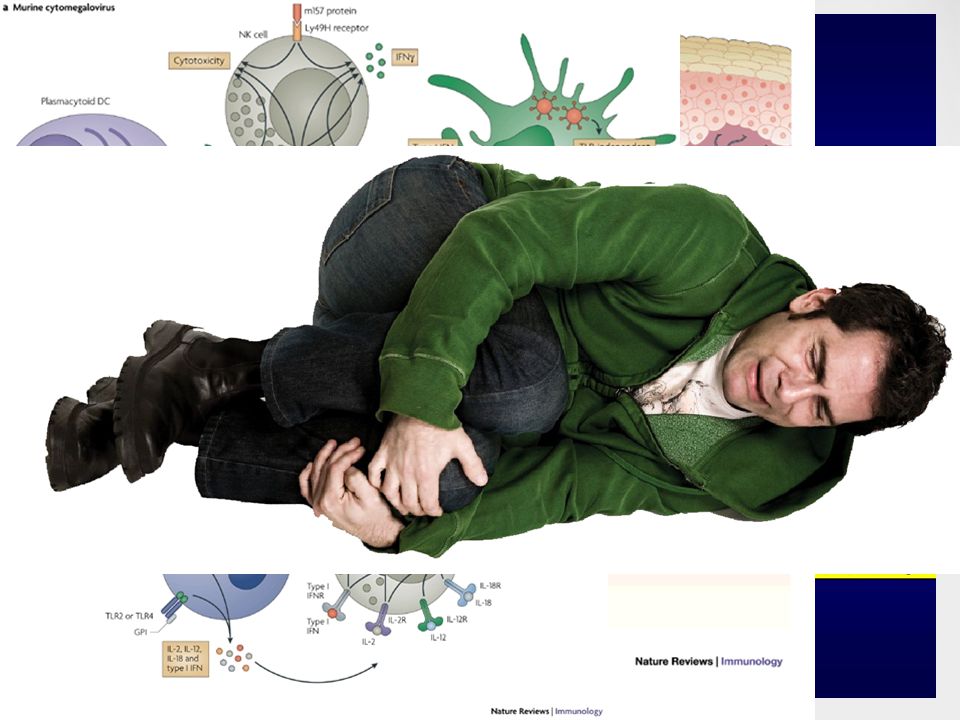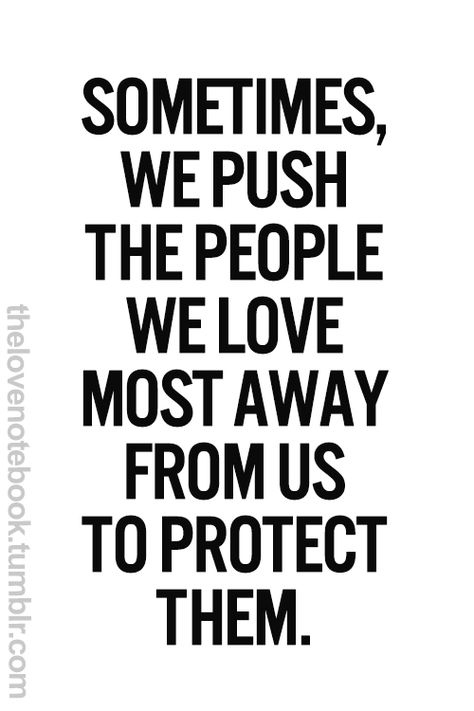Describing sadness in writing
Let’s Write Sadness – Yolandie Horak
Picking up from where we left off, we’re talking about sadness or grief today. The topic was suggested to me by someone in the writing group I belong to on Facebook. Love was also suggested and I’ll definitely delve into that one, but I think it might need to be spread over more than one post since love has so many variations. Thank you for the suggestions, though!
Just a general note here. While I did include some things depressed characters typically will experience, please do keep in mind that sadness and depression aren’t the same thing. Many symptoms of depression will also be mentioned in other posts in this series, since depression has so many variables. If you are planning on writing a character that struggles with any kind of mental illness, it’s always a good idea to do some research on that specific illness. Speak to people who suffer from it and bookmark the websites where you got your information for later reference.
Sad Body Language and Speech
- Drooped posture, shoulders slumped, face turned downwards.
- Crossed arms, with shoulders pulled together and hands that rub over the arms or sides (a self-soothing motion).
- Slower movements than usual.
- Half-formed movements, as if the character doesn’t have the energy for more. Shrugging one shoulder, raising the hand to wave without actually moving it sideways, many sighs, one-word answers, etc.
- Characters who have been sad for a long time or are depressed might become especially lethargic, quiet and non-committal.
- Characters with prolonged sadness or depression might also have lost or gained some weight, will probably have dark circles under their eyes and might be more irritable than usual, or fidget a lot. They might not see the point in doing anything.
- Due to heightened irritability, they might show signs of anger.
- Prolonged sadness also often results in lowered immunity, so the character might be physically ill. Cough, runny nose, fever, sniffling, etc.
- Delayed reactions or a shattered attention span, as if the character isn’t fully aware of what’s happening around them.
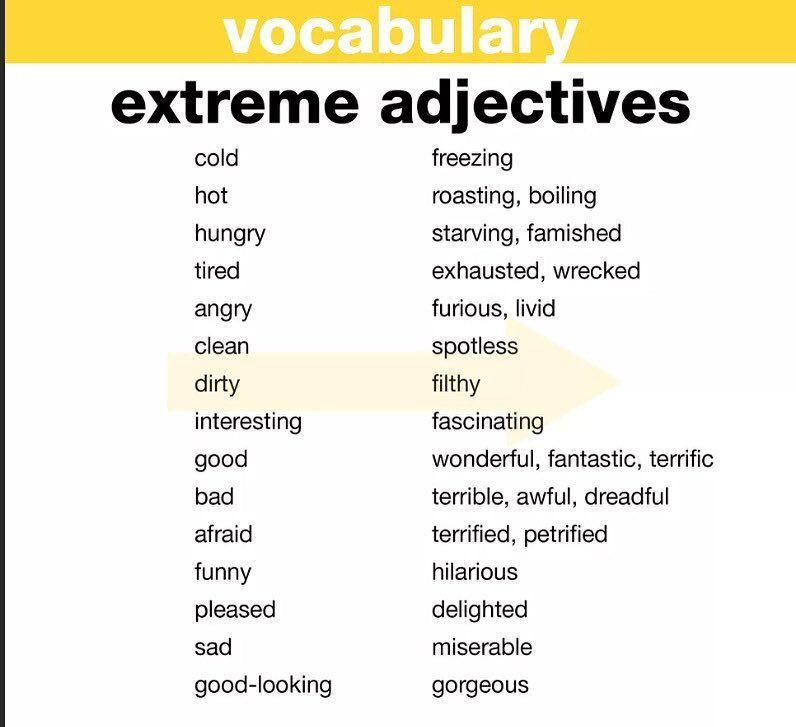
- When sitting, the character may use any kind of movement that balls them up to make them seem small: knees pulled up, legs crossed, arms folded on a table and head rested on the arms, etc.
- When lying down, the character might pull into a ball too (foetal position) OR they might kind of flump down and remain how they fell, as if they don’t have the energy to move.
- Dragged feet.
- Some characters might have the intense need to get away (flight). They might run or stomp out of the room, put objects between them and other characters, almost like a shield, or even swat at characters trying to comfort them (fight).
- Some characters deal best with strong emotions on their own and might not want to be held/comforted. BUT timid or submissive characters might allow it, even if they don’t want it, because intense emotions might lower their will to fight for themselves even more.
- Someone who is sad but wants to be left alone will turn their torso away from other characters.
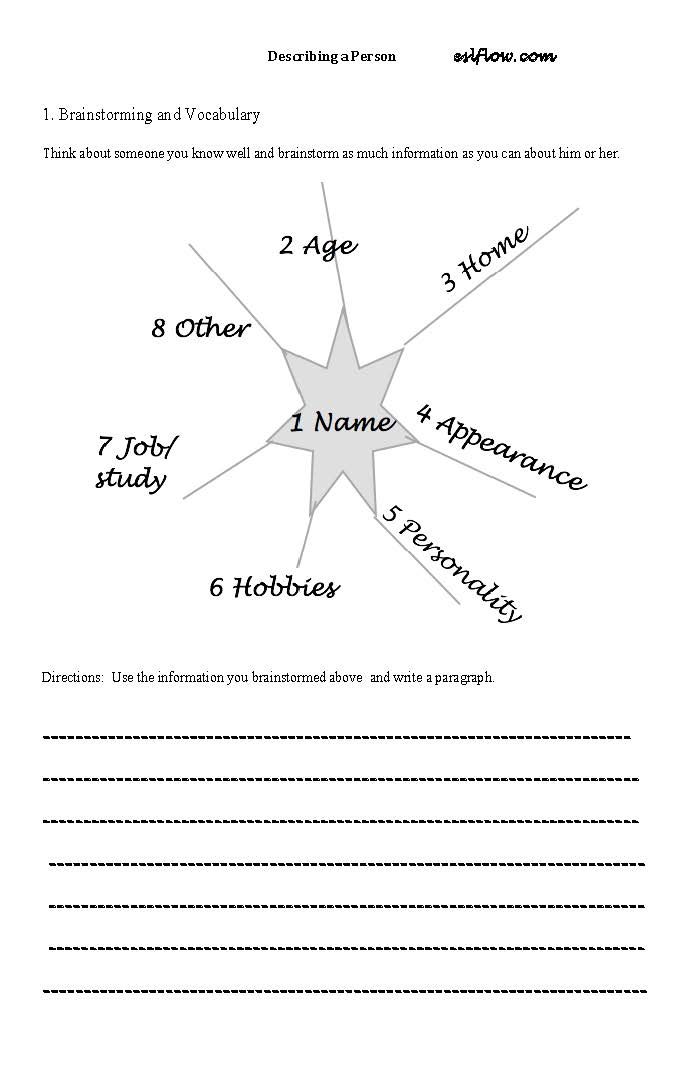
- Most people want to be only around the people they love/trust most when they’re experiencing grief, but some do open up to complete strangers if they have the intense need to be comforted or understood.
- Needing to be touched or held by other characters. Even characters who are otherwise independent might become clingy when sad. So, reaching out, holding hands, hugging, leaning on others, etc.
- Difficulty maintaining eye-contact, staring into the distance, often looking down. Stoic characters or characters trying to hide their grief might have an especially hard time of maintaining eye-contact.
- Stoics or those trying to hide their feelings might also mimic a calm posture: remain upright, arms at their sides and legs slightly spread. If they’re especially good at keeping a calm demeanour, they might even keep their chin raised and force themselves to breathe naturally. So miniature movements that show something is wrong are the key: twitching or trembling fingers, sliding backwards, shifting weight from foot to foot, higher pitch than usual, swallowing, doing things that are out of character, clearing voice, etc.
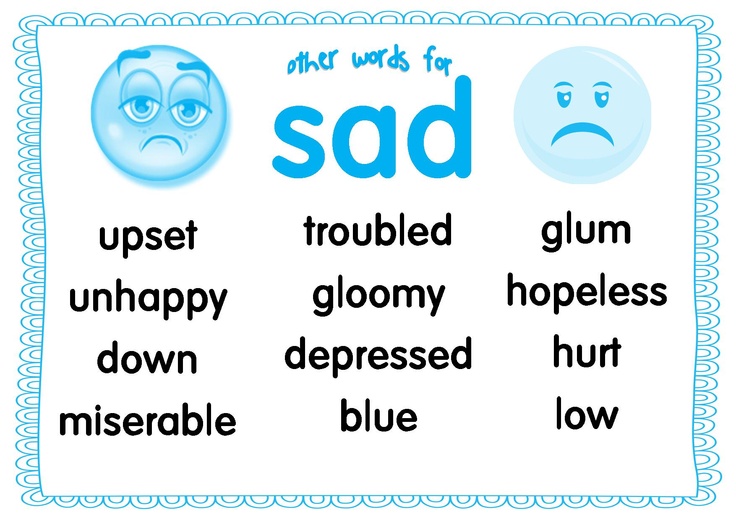
- Cancelling gestures show distress and angst, which almost always go hand-in-hand with sadness. Saying no but moving forward, saying stop but not opposing the other character’s actions, saying yes but retreating, etc.
- Covering the head with hands or arms.
- Covering eyes with one or both hands, or in the crook of the arm.
- Tears and crying.
- Characters experiencing intense grief might fall to their knees, crouch or stand on all fours, then weep with a bowed head. They might also clutch at their hair and yank at it.
- Rocking from side to side.
- Wiping nose and eyes.
- Sniffling.
- Moaning, mumbling, praying.
- A toneless, quiet voice.
- A hoarse, cracking voice.
- Sad characters will use negative words in speech more often: hate, disappointed, miserable, sucks, etc. They might also use ‘me’ or ‘I’ more frequently.
- Covering mouth with one or both hands (especially when receiving sad tidings or having to share them).
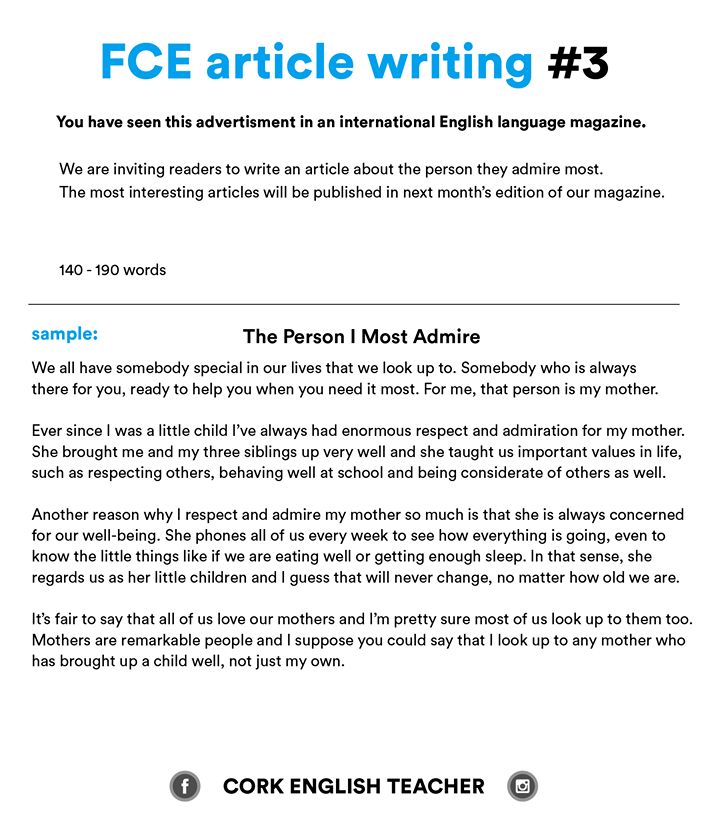
- Hands in or near the mouth, chewing nails.
- Palms pressed together.
- Hands on their chest, as if to clutch or cover their heart.
- Retreating a few steps.
- Head tilted and chin tucked.
- Allowing hair or clothing to cover their face, looking up at other characters through hair or from the shadows cast by clothing.
- Characters experiencing intense grief may hold their necks and gasp, as if they’re struggling to breathe.
- Trembling.
- Some characters become reckless when dealing with any intense emotion (we talked about this in the anger post too) but characters who have just lost a loved one/pet might become especially reckless and knowingly endanger themselves.
- Some characters might self-harm, though if you’re writing about this PLEASE DO THE NECESSARY RESEARCH AND WRITE WITH CAUTION.
- Some characters might turn to alcohol, drugs or other stimulants. But again, research and caution.
Sadness in Expressions
- Trembling or tight lips.
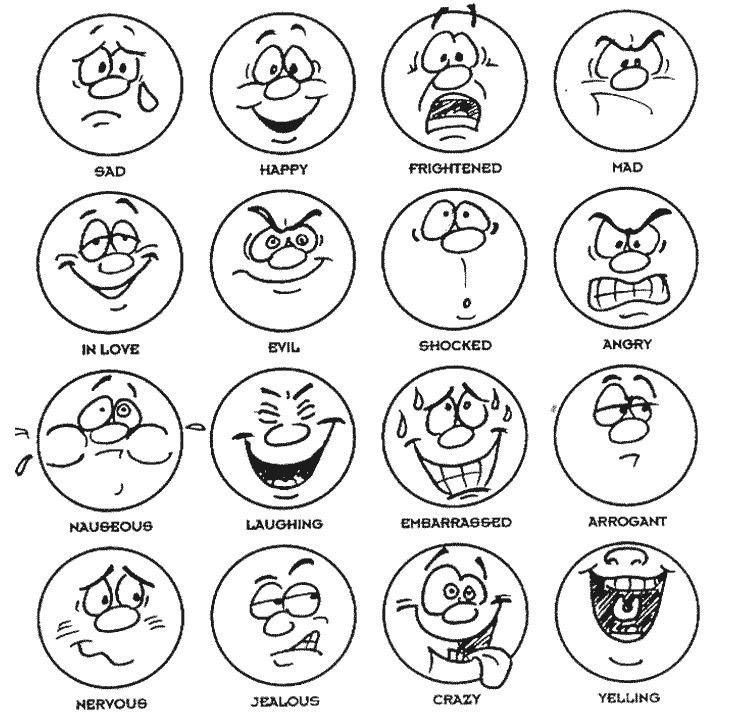
- Corners of the mouth turn down.
- Children will show the inside of their lower lip or puff out their cheeks.
- Biting down on lips repeatedly.
- Characters who are disbelieving and sad may gape.
- Characters who are trying to conceal their grief might smile, but a fake/sad smile won’t light up the eyes or cause crow’s feet to appear, and most fake smiles show the lower teeth.
- Stoic characters or those trying to hide their feelings will typically show only micro-expressions, so the slight puckering of lips, swallowing (Adam’s apple moving), mouth corners and eyebrows twitching, rapid blinking, slightly raised or tucked chin.
- Clenched jaw.
- Outer ends of the eyebrows droop.
- Inner ends of the eyebrows raise and pull together.
- Scrunched up nose.
- Eyes shut heavily.
- Bloodshot eyes.
- Puffy eyelids.
- Splotches of colour in the face and neck.
- Going pale.
- Rapid blinking (often to remove tears).
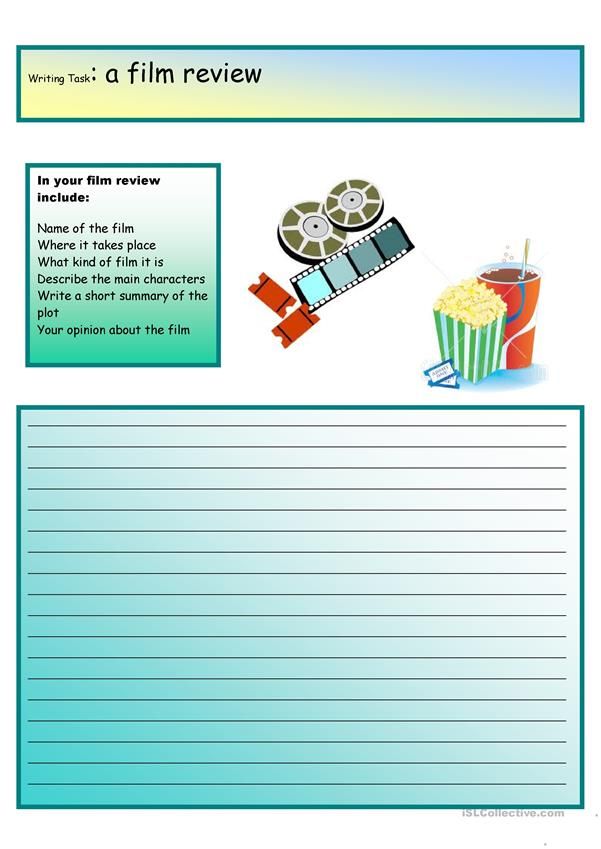
- Frowning.
- Red-tipped, damp nose.
What Sadness Feels Like
- Slowed breathing, as if the chest is heavy.
- An overall feeling of heaviness, or being trapped and unable to escape.
- Feeling numb, hollow.
- Aching head or stomach, muscle pains in the neck, back and chest especially. Any cold-like symptoms could also be added if the person has been grieving for a long time.
- Wanting to scream but being unable to.
- Sore throat and burning eyes due to sobbing.
- A dry mouth.
- Lack of appetite OR enhanced appetite.
- Feeling nauseated or dizzy.
- Being exhausted, but struggling to sleep OR sleeping more than usual but still feeling tired.
- Wanting to be alone OR not wanting to be alone.
- Not wanting to talk or be touched OR wanting to talk and be touched constantly.
- Feeling cold.
- Fixating on the person/pet/thing you lost. Replaying memories of that person in your head, or wanting to look at photographs of them.
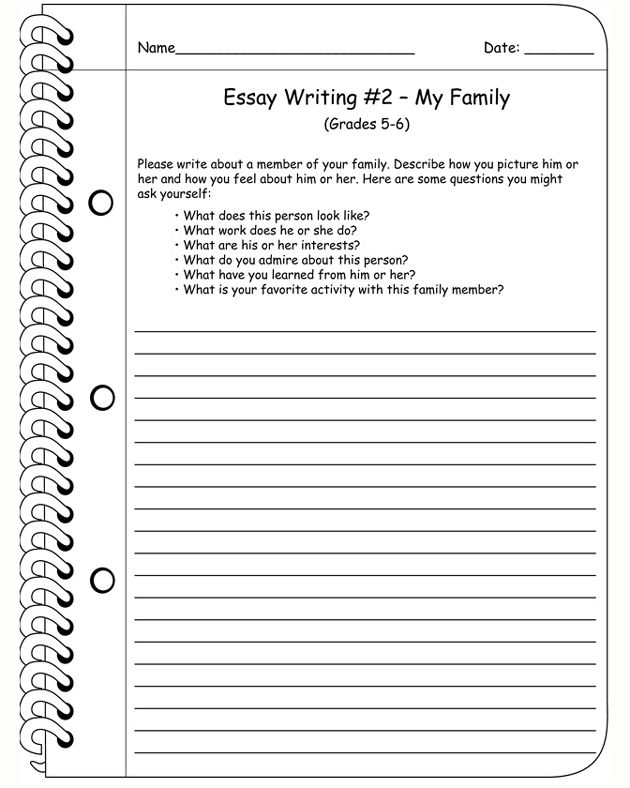
- Being unable to concentrate, or not interested in things/pets/people you love.
- Not seeing the point in anything.
- Feeling confused, as if the current events can’t be true and must be a bad dream.
- An outward show of apathy, while there’s chaos in the mind.
- Feeling as if you’re going insane.
- Disbelief and unwillingness to accept what caused the sadness.
This is a massive post, but I still feel like so much can be added. I really hope it helps. If you have anything to add, please don’t hesitate to comment. Also, any suggestions for other posts in this series are welcome. You can find all of the writing emotions posts here. There should be a new one every two weeks. 🙂
Cheers,
Yolandie.
Like this:
Like Loading…
Quotes and descriptions to inspire creative writing
Search for creative inspiration
19,589 quotes, descriptions and writing prompts, 4,959 themes
Search entire site for sadness
Descriptionari works better if you enable javascript in your browser settings.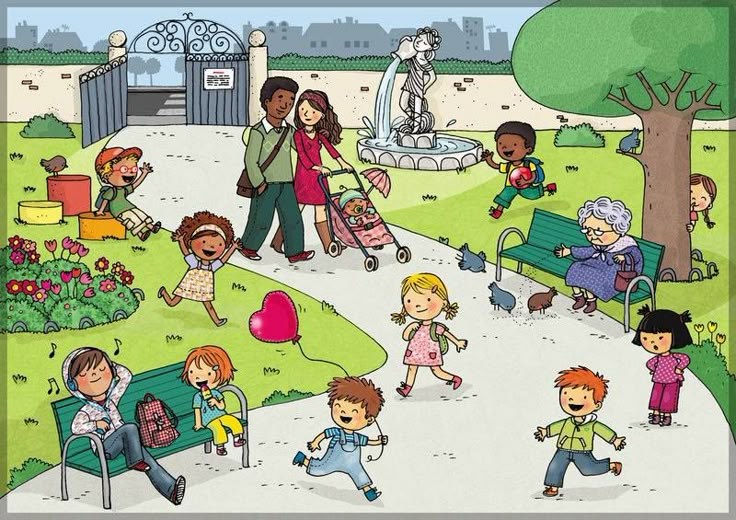
See also
GeneralThere are times that my emotions feel bruised, and the same way as with a physical bruise, they take time to come up and really show themselves. Yet in this time I have a chance to mitigate them, reduce them, render them more manageable. So... as hard as it is I drag my ass out the door for some endorphin raising exercise. I guess it's a form of self medication, but there are worse ones to chose. It's a healthy coping strategy I guess.
Read more
By Angela Abraham, @daisydescriptionari, July 17, 2021.
GeneralAs the sadness comes you must love yourself as a good friend, treat yourself as a person you love, for then you will make it and the tough road will have been worth travelling with bare soles.

Read more
By Angela Abraham, @daisydescriptionari, December 14, 2020.
GeneralAnger is sadness in fight-mode.
Read more
By Angela Abraham, @daisydescriptionari, April 12, 2021.
GeneralSadness comes as a painful cleanse.
It is a chance to detox and reassess what is helping and what is hurting, a chance to make new choices and inform others that I have boundaries, needs and vulnerabilities.
Read more
By Angela Abraham, @daisydescriptionari, December 14, 2020.
GeneralOne must remove a bullet from a wound and one must let sadness come out, it hurts like hell because it is.
Read more
By Angela Abraham, @daisydescriptionari, December 14, 2020.
GeneralLet the sadness out or it'll poison you; such open heart surgery without anaesthetic takes real bravery.
Do it though. I'll be waiting for you at the finish with a glass of water.
Read more
By Angela Abraham, @daisydescriptionari, December 14, 2020.
GeneralThe sadness drained through me rather than skating over my skin. It travelled through every cell to reach the ground. I filtered it yet strangely enough, I kept what was pure and it was the dirt that left.
Read more
By Angela Abraham, @daisydescriptionari, January 12, 2019.
GeneralReal love is a protector, a defender, a ride-or-die connection that stays with you for always and in all ways.
It is raw and it will roar for you if required. It will stay with you in quietness and be your comfort. Real love will celebrate with you, and raise you up. Real love will be okay with your sadness and kiss the scars you hide from others. It is rare. Treasure it. Keep it as long as live. For real love is the greatest blessing heaven can give.
Read more
By Angela Abraham, @daisydescriptionari, April 14, 2021.
%username%, %age%.
Impress in 2 Seconds: How Joy, Rage, Fear and Envy Affect Our Work
For many years, emotions were thought to have no place in the work world. The ideal leader is someone who approaches problems rationally and dispassionately. But in reality, this scheme does not work - we are all human. Skolkovo business school professor Elena Vitchak tells how to be aware of emotions, use them for your own good and influence the energy of your team
Skolkovo business school professor Elena Vitchak tells how to be aware of emotions, use them for your own good and influence the energy of your team
They won't forget how they felt." This statement in business literature has been overgrown with various additions, but the meaning remains the same: in communications, conflicts, complex negotiations, after a while, the participants will not remember what they discussed, what numbers they called. They will remember how they felt or how they were made to feel.
Our negotiations are the more difficult, the wider the emotional funnel into which the interlocutors fall. In managing teams for a leader, the main managerial challenge lies in creating a high-quality environment where the personal qualities of the participants are important, but not as critical as we think. In their book Telling Ain't Training, Harold Stolovich and Eric Kips unequivocally state that "weak performance in the workplace is largely environmental rather than personal.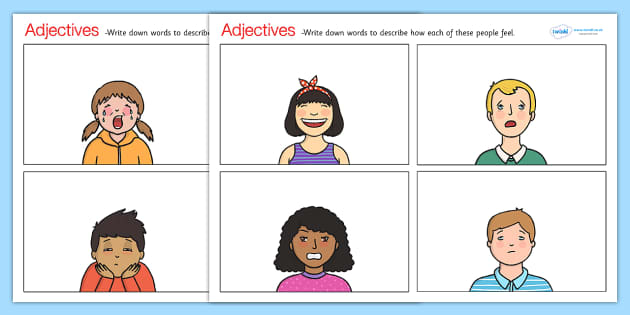 " According to numerous studies, team effectiveness depends on 80% of the environment and only 20% on the individual abilities of the team. What affects the environment in which the team works?
" According to numerous studies, team effectiveness depends on 80% of the environment and only 20% on the individual abilities of the team. What affects the environment in which the team works?
The magical constructor of a favorable environment consists of numerous puzzles: psychological safety, emotional attitude, a balance of criticism and praise, constructive feedback, a high level of trust, the presence of a certain level of negative emotions. Everything that regulates the environment for the team is directly or indirectly related to emotions, about which we understand very little.
There are two approaches to understanding emotions. The first is the division of emotions into various groups and subgroups with further analysis. Emotions can be divided into several groups with "baby names": joy, anger, sadness, fear, love, surprise. The number of emotions is different, but finite. There are no more than thirteen of them.
The second approach is charts that explain how our situational responses shape over time.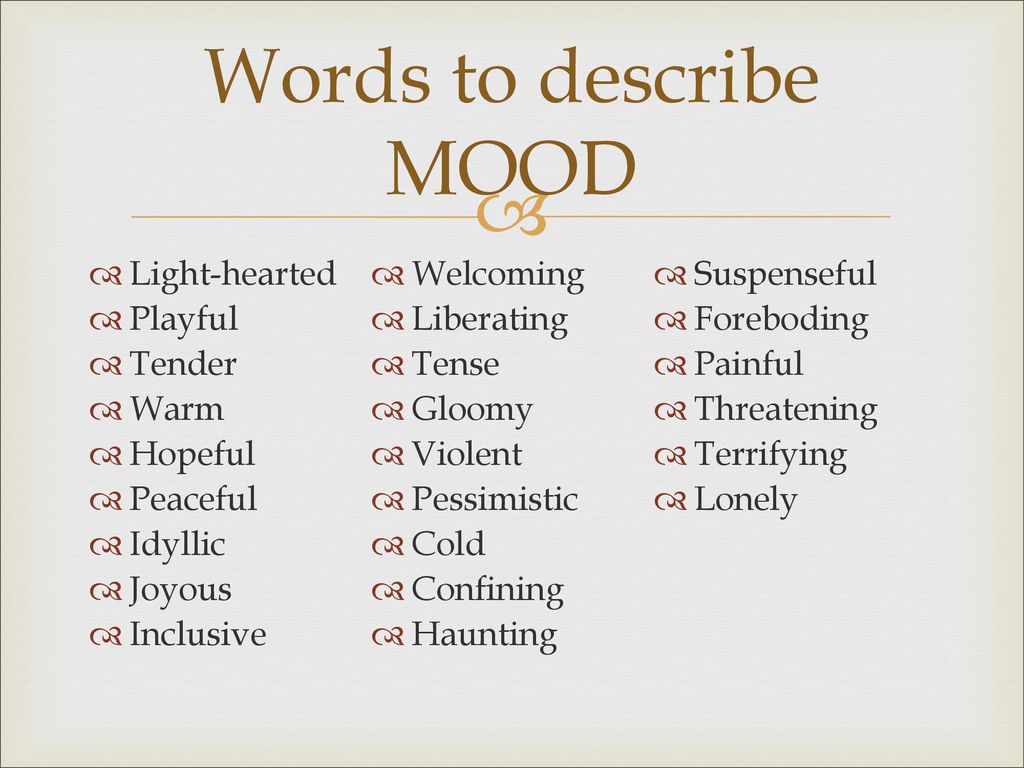 Metaphorically, this means that the way people use their emotions depends on the interaction of emotions and the mind, and this interaction depends on the emotional experience of the individual, as well as learned social and behavioral skills. Admittedly, for many people, emotions are an extremely confusing matter. We begin to think or talk about them only when they reach their extreme form. We are not physiologically able to control our emotions, and in order to control them, it is necessary to at least recognize them, which we have never been taught. The good news is that emotional literacy is one of those skills that can be learned.
Metaphorically, this means that the way people use their emotions depends on the interaction of emotions and the mind, and this interaction depends on the emotional experience of the individual, as well as learned social and behavioral skills. Admittedly, for many people, emotions are an extremely confusing matter. We begin to think or talk about them only when they reach their extreme form. We are not physiologically able to control our emotions, and in order to control them, it is necessary to at least recognize them, which we have never been taught. The good news is that emotional literacy is one of those skills that can be learned.
Impression in 2 seconds
The candidate comes to the interview with a great resume. You look at him and immediately feel dislike, but you can't do anything with yourself.
Nalini Ambadi and Robert Rosenthal of Harvard University wanted to study the validity of the judgment we make about a person when we first see him.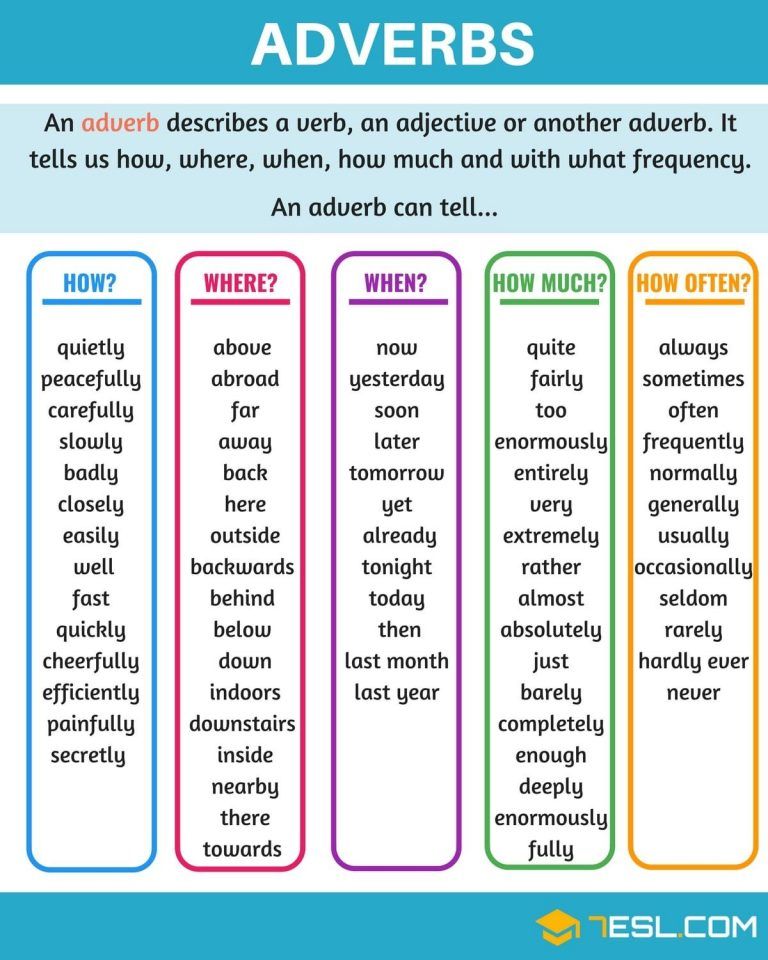 During the experiment, the researchers showed students a 10-second video with teachers who had to be assessed on 15 different parameters. They then repeated this experiment with another group, showing only 5 seconds of the video. At the end, they left 2 seconds to evaluate the teachers for the third group of subjects. Interestingly, the ratings after 10 and 2-second viewing were the same.
During the experiment, the researchers showed students a 10-second video with teachers who had to be assessed on 15 different parameters. They then repeated this experiment with another group, showing only 5 seconds of the video. At the end, they left 2 seconds to evaluate the teachers for the third group of subjects. Interestingly, the ratings after 10 and 2-second viewing were the same.
These and many other studies have led to the conclusion that we decide whether to believe a person or not, whether we like him or not, whether we trust him or not, even before he opens his mouth. It is a survival mechanism inherited from our ancestors. We instantly answer ourselves three questions about the interlocutor: friend or foe? Winner or loser? Trustworthy or not?
What a mood is made of
In addition to business life hacks, there is a universally recognized concept of "emotional intelligence". Emotional intelligence EQ, invented by two researchers - Peter Salovey and John Mayer and popularized by Daniel Goleman in his book of the same name.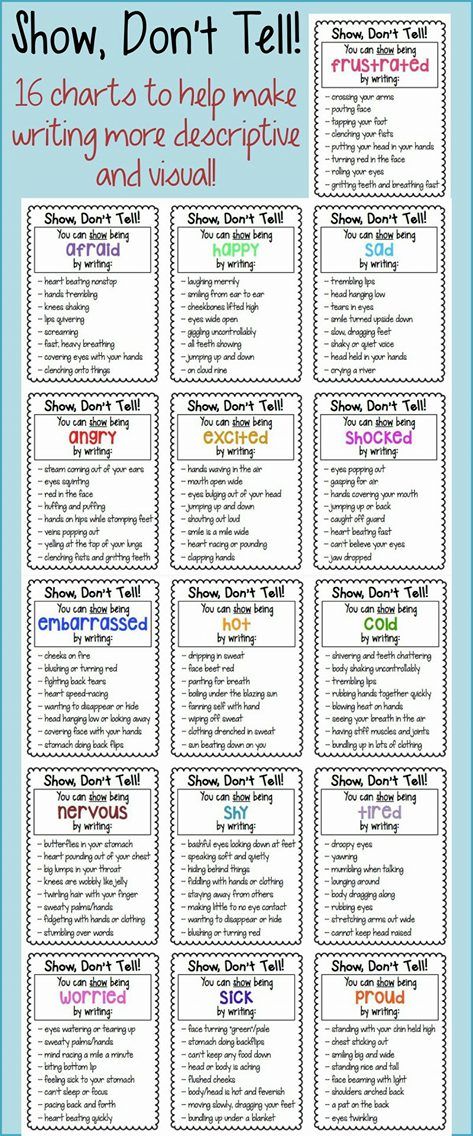 It shows a person's ability to recognize emotions, understand the intentions, motivations and desires of other people and their own, as well as the ability to manage their emotions and the emotions of other people in order to solve practical problems.
It shows a person's ability to recognize emotions, understand the intentions, motivations and desires of other people and their own, as well as the ability to manage their emotions and the emotions of other people in order to solve practical problems.
We have an amazing combination of two minds. The rational mind is an instrument of comprehension that we are able to be aware of. It is logical, occupied with thoughts about everyday life, more noticeable in its result in the form of knowledge, reflects the ability of the mind to think and reflect. The emotional mind is another cognitive system, powerful, impulsive, irrational. A similar mechanism of cognition has developed over billions of years of evolution. Emotions and intuition controlled our instant reaction in situations where we were in mortal danger. Ideally, there should be a balance between the rational and the emotional, where emotions feed and inspire us to act with the rational mind. Conversely, the rational mind ennobles and in some cases prohibits the manifestation of emotions.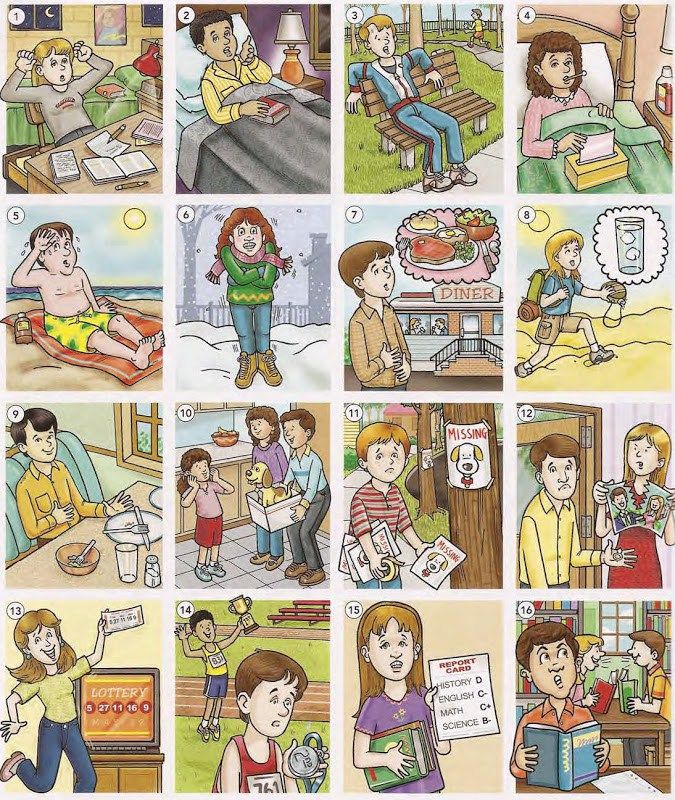
Strong emotions like anxiety and anger can interfere with working memory. That is why we absolutely cannot think sensibly during such affects. One useful way to spot emotions early on was suggested by psychologist Robert Plutchik, who developed the Emotion Scale, or Emotion Wheel. In it, of great interest is the transition from basic emotions (joy, trust or fear) to derivative emotions (anger, displeasure, grief). For example, anger at the lowest level of intensity is annoyance; at the highest level of the wheel, anger becomes anger. Why is this important in the workflow?
Let's imagine that you have appointed a new project manager, but you doubt whether he will cope with the task. An employee may experience initial apprehensions because they doubt whether they can do a good job. Fear turns into anxiety that the outcome will be bad. If the team does not talk about emotions, and you, as a leader, did not notice it, the feeling remains unrecognized and unmanaged.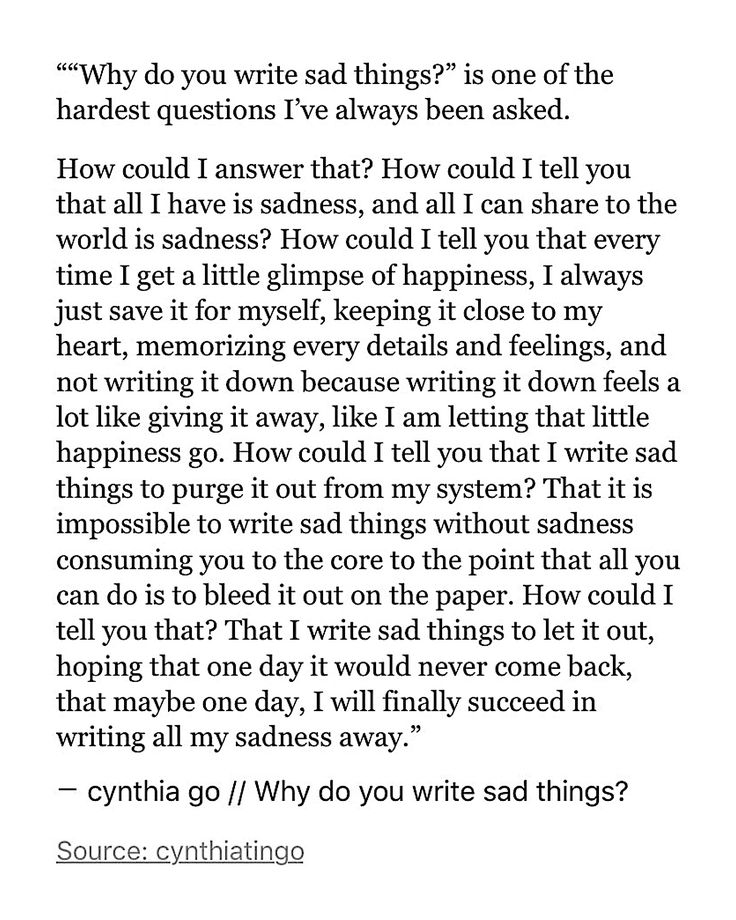 Then it moves to the next level of the "Plutchik wheel" and becomes fear.
Then it moves to the next level of the "Plutchik wheel" and becomes fear.
Fear triggers a whole new set of behaviors, including blaming others, zero progress, defensiveness, and unproductive communications. If the manager still hasn't handled the situation, the next form of emotion may arise: horror. Then the brain is not only completely captured by emotions, not only the project fails, but the person himself does incomprehensible and unpredictable things. For greater effectiveness, it is necessary to recognize emotions at the moment of occurrence.
Fear is the most powerful and primary, basic human program, another emotion in which strength is hidden. Humans have an amygdala, the amygdala, an area of the brain where fear is generated. The amygdala is responsible for our fear 24 hours a day. People have different amygdala activity: in some it is more active, in others it is less. The positive purpose of fear is safety, self-defense, survival of the species.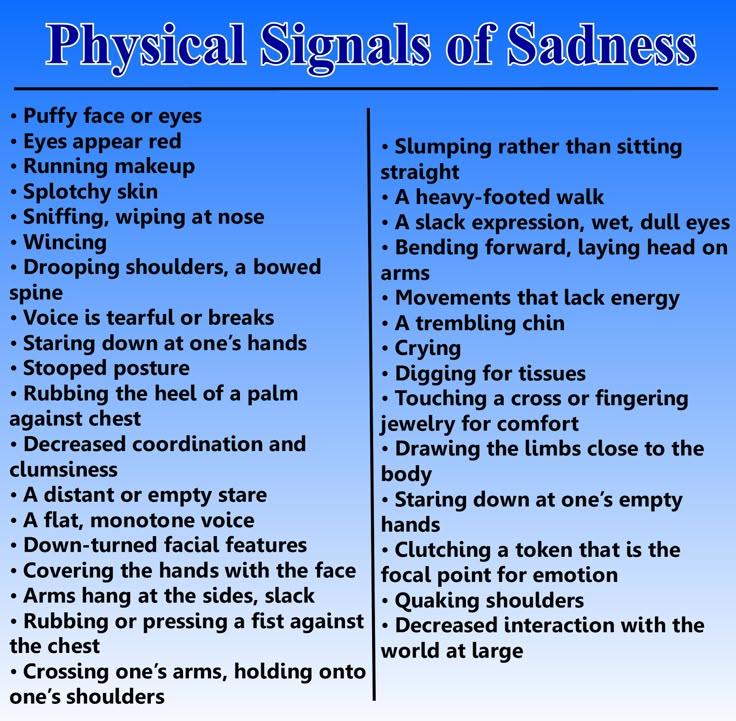 Fear is the result of an ancient program in the human brain, despite the fact that in the modern world 95% of our fear signals are meaningless. If in the old days a person had to protect himself constantly in order to survive, now there is no such need. Fear is built into us so deeply that we often cannot resist it. We refuse to act because we are afraid, taking it as a hint of intuition, but this is just a reaction of the brain, which always eschews everything new, reports that we are in uncharted territory and there are no ready-made scenarios here. In the work of teams, fear is the strongest barrier - it is the fear of condemnation, the fear of being misunderstood, rejected or ridiculed, the fear of losing control.
Fear is the result of an ancient program in the human brain, despite the fact that in the modern world 95% of our fear signals are meaningless. If in the old days a person had to protect himself constantly in order to survive, now there is no such need. Fear is built into us so deeply that we often cannot resist it. We refuse to act because we are afraid, taking it as a hint of intuition, but this is just a reaction of the brain, which always eschews everything new, reports that we are in uncharted territory and there are no ready-made scenarios here. In the work of teams, fear is the strongest barrier - it is the fear of condemnation, the fear of being misunderstood, rejected or ridiculed, the fear of losing control.
These are “gremlins”, as coaches like to say, mythical creatures that are to blame for unexpected problems. Everyone has them, but do you know how to work with them?
Richard Nixon once said, “People react more strongly to fear than to love.It's not taught in school, but it's true.”
Amazing research has been done to analyze feelings of envy. Envy can hardly be called an emotion in its purest form, but it has an interesting effect on the work of the team. Mark Stein, professor of administration and management at the University of Leicester in the UK, has hypothesized that leaders' fears that subordinates will outperform them make envy "a real problem in leadership succession." What's more, research by Tanya Menon, an associate professor at Ohio State University, shows that envy hinders knowledge sharing and innovation because the emotion of envy causes people to turn on the fear of competition.
Emotional day of a manager
In practice, any leader regulates the emotional state of himself and others from morning to evening. A short meeting on Monday - how it starts, that's how the day will be, with jokes, anecdotes or brainwashing of individual negligent team members. They will remain silent, but the reptilian brain will raise the necessary level of alarm, and cortisol will not keep you waiting.
They will remain silent, but the reptilian brain will raise the necessary level of alarm, and cortisol will not keep you waiting.
During the day, the manager learns that the contractor has damaged the equipment and deliveries will begin with a big delay. He silently listens to the employee who brought the bad news, saves "anger" for the contractor. He has already built a storyline of a combination of anger and anger. And if the facts turn out to be reliable, his motivation to “tear everyone apart” will increase many times over.
Then the manager goes to production and finds out that the budget for the product has tripled. His brain clearly monitors the situation and adjusts the necessary amount of fear that the project will close, his reputation will be damaged. (What will I look like?) Fear works every second, and "gremlins" turn into monsters.
And in the evening he speaks to the students, forcing himself to concentrate, suddenly begins to talk about his products with great love, with pride about the mission of the company, with tenderness about the engineers who are changing the world.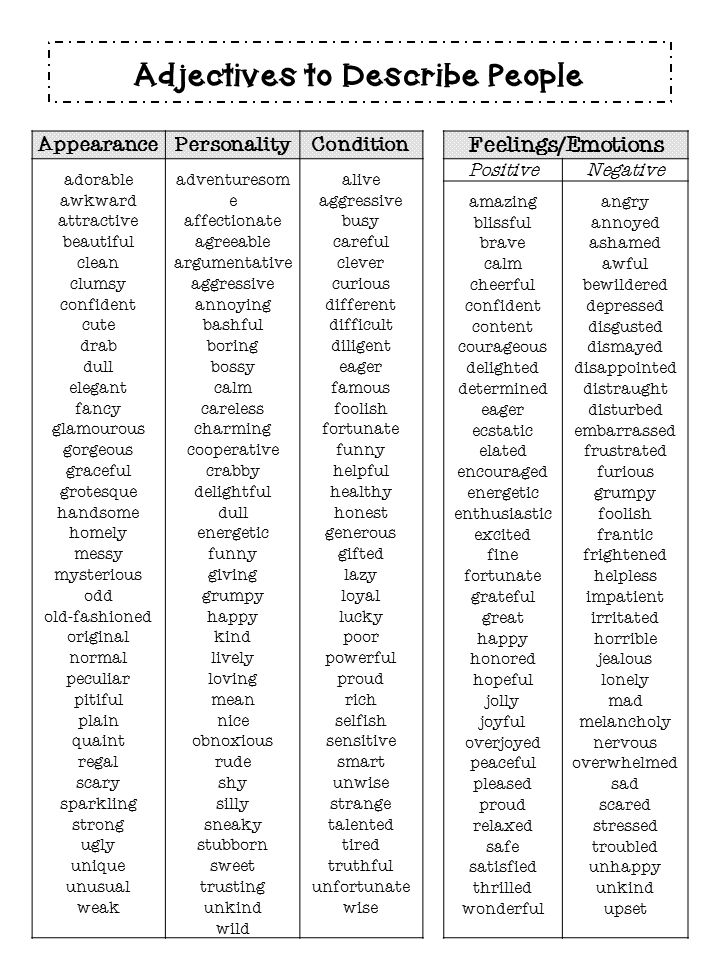 He is pleased. Joy and pleasure crowded out everything that had accumulated there during the day.
He is pleased. Joy and pleasure crowded out everything that had accumulated there during the day.
There is a simple exercise. Try to imagine different objects: a table, a waterfall, an airplane, a car. No problems will arise. Now try to imagine emotions: joy, sadness, fear, anger. To change the "images of emotions" we need much more time. In a constant rush, we do not have the opportunity to experience emotions, but they affect the work of your team.
Behavior that is rewarded and recognized in most organizations is the ability to be logical, efficient, solve complex problems, and have problem-solving abilities. Unfortunately, the most effective and bright performers can lose their acquired skills when the emotional state takes precedence over the rational start. It could be an intervention in values, a significant life-changing event, a divorce, or illness. Organizations can respond in one of two ways: replace overly emotional leaders with those who act according to standards and reasonableness, or provide support.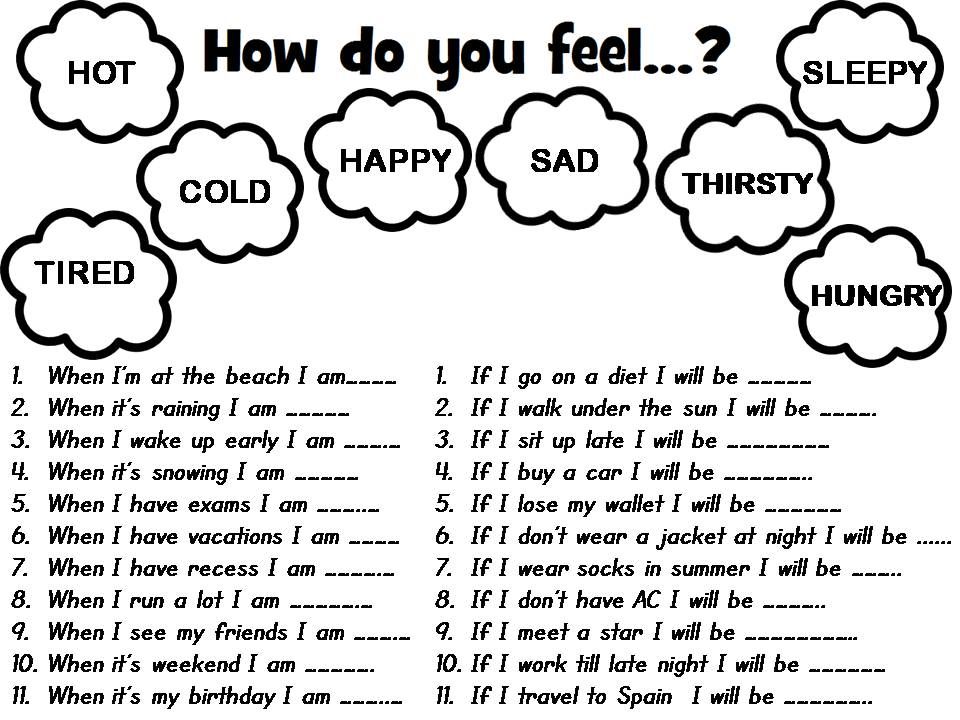
Most of the people around us have internal "emotional scars" described in Maxwell Moltz's book Psychocybernetics. And their influence on the personality is very powerful. The body always protects us from future injury by creating scars, but “the basic relationship of the injured person with the world is almost always one of enmity. And it is based not on acceptance, cooperation, collaboration and pleasure, but on the concentration of rivalry, battle and defense.
The task of the leader of the future, among other tasks, is to be able to recognize, understand and regulate the emotional background of the team, because it is he who largely determines the energy of people and creates the environment.
Practical advice to the manager
- Understand as deeply as possible what your personal values are. Knowing your values is the key to understanding why certain situations resonate with you emotionally.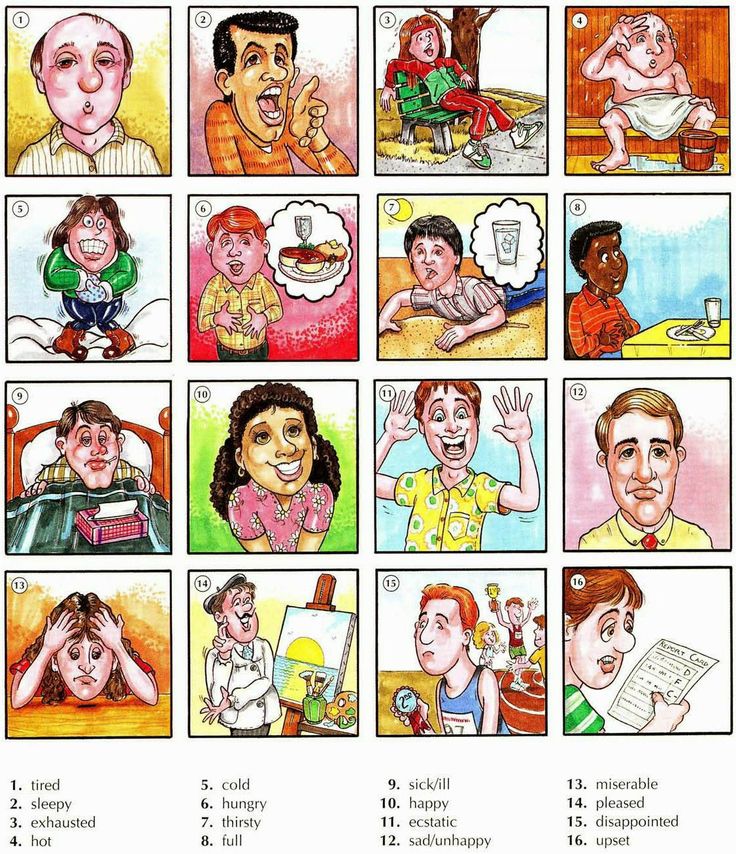 By being aware of your values, you will learn why you behave the way you do in certain situations. Remember that other people are also ready to get on the defensive and go into the emotional field if their personal values or beliefs are at stake.
By being aware of your values, you will learn why you behave the way you do in certain situations. Remember that other people are also ready to get on the defensive and go into the emotional field if their personal values or beliefs are at stake.
- Train your ability to understand how you feel. Being aware of your emotions directly influences the decisions you make and helps build a reputation as a leader who doesn't depend on unpredictable moods. Name the emotions that move you in words. "Now I'm angry." "I'm scared". "I worry". Try to regularly evaluate what is happening in terms of emerging emotions. Try to recognize emotions in the early stages of the spiral.
- Pay attention to the environment and context in which you work. This will provide an opportunity to understand why your team is behaving one way or another. It will also give you time to take action if the situation or behavior gets out of hand.
- When people behave strangely or badly, take the time to find out the reasons for such behavior.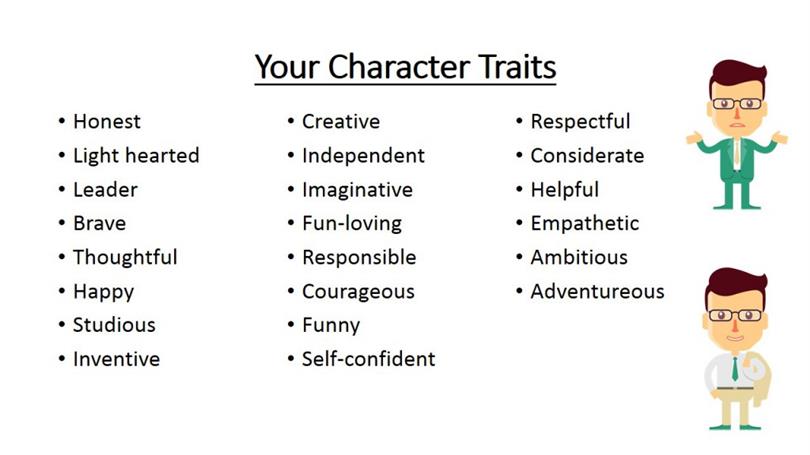 Most of your employees are emotional beings. Outward circumstances most often hide what people feel.
Most of your employees are emotional beings. Outward circumstances most often hide what people feel.
- Try to allocate "quiet time" for your team. People should have "quiet hours" when no one touches them. The employee may not read the mail, not answer. He can plan his own activities and be responsible for his actions.
- Schedule time for yourself. Unfortunately, our culture does not value the time we spend on ourselves. This may not be a conversation about work, a meeting with a coach, a psychologist, or just an interesting person. It can be a “switch” format where you regulate your state by feeding positive emotions.
- Allow yourself and your team to talk about emotions. "Emotional courage" helps in resolving difficult conflicts or unproductive communications.
What will help the team to accumulate a critical amount of "emotional energy":
- Indifference and sensitivity to each other.
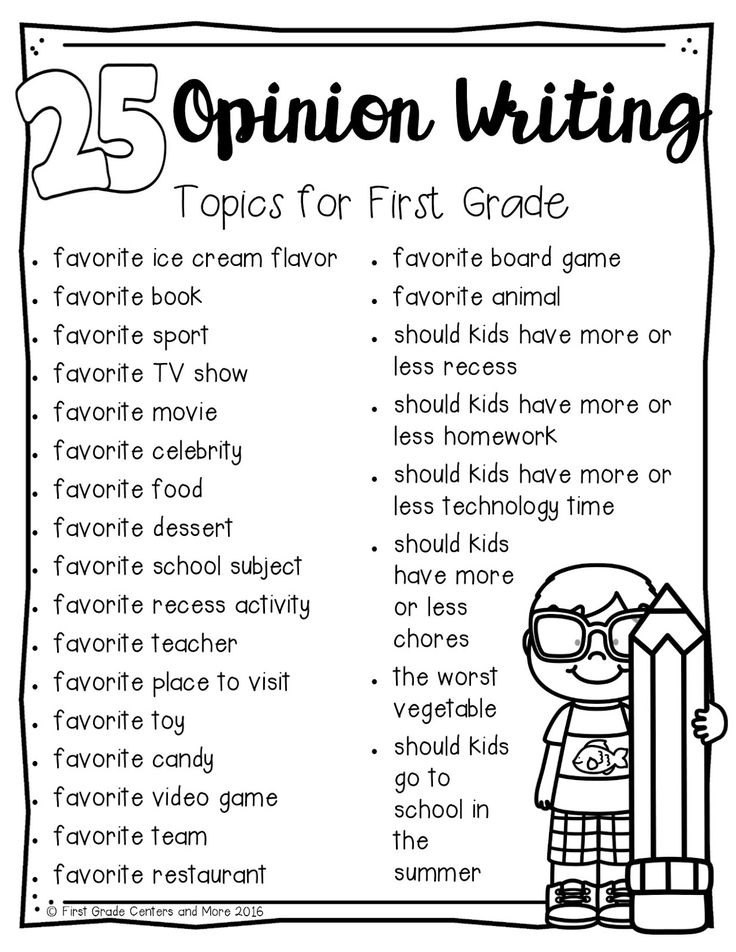 It is caring for each other that creates the necessary level of psychological security.
It is caring for each other that creates the necessary level of psychological security. - Sparks of passion for the cause, the client, the product. Big goals, bright images and dopamine keep us going through tough times.
- Creative ways to manage stress and conflict.
- Balance of criticism and encouragement (the Losada ratio, or Losada ratio, tells us that there should be three “strokes” or praises for one criticism).
- Understanding the strengths and weaknesses of each team member, because inevitably there comes a time when the strong must help the weak.
For many decades it was believed that emotions have no place in the working world and the ideal leader is one who approaches problems rationally and dispassionately. However, the reality is that emotions are inevitable when a group of people come together for long periods of time to work on complex tasks, and when used effectively, a leader's mood and emotions can be more of a plus than a minus.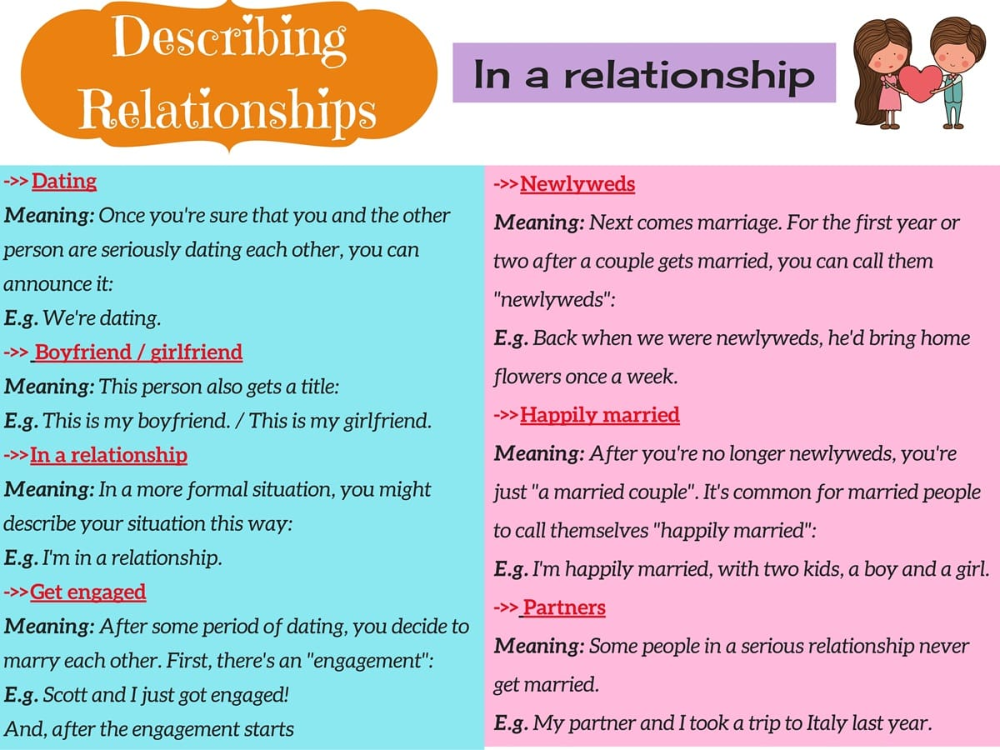 Emotion management is not the easiest science. But, as Marie Curie said many years ago, “There is nothing to be afraid of in life. You just need to understand. Now is the time to understand more in order to fear less.” I have no doubt that many in this difficult 2020 will agree with me on one thing: people will forget what you discussed, people will forget what you agreed on, people will forget what you did later, but they will never forget how they felt or how you made them feel.
Emotion management is not the easiest science. But, as Marie Curie said many years ago, “There is nothing to be afraid of in life. You just need to understand. Now is the time to understand more in order to fear less.” I have no doubt that many in this difficult 2020 will agree with me on one thing: people will forget what you discussed, people will forget what you agreed on, people will forget what you did later, but they will never forget how they felt or how you made them feel.
How to write feelings letters: the most complete guide
How to live with love, not anxiety?
Meditation of love as a gift in the game Body of Love!
For one being to love another: perhaps this is the most difficult of our tasks, the ultimate, final test and proof, the work for which all other work is only preparation.
Rainer Maria Rilke
The practice of feeling writing (other names are forgiveness letter, love letter, healing letter, release letter) is based on the work of Barbara DeAngelis and John Gray.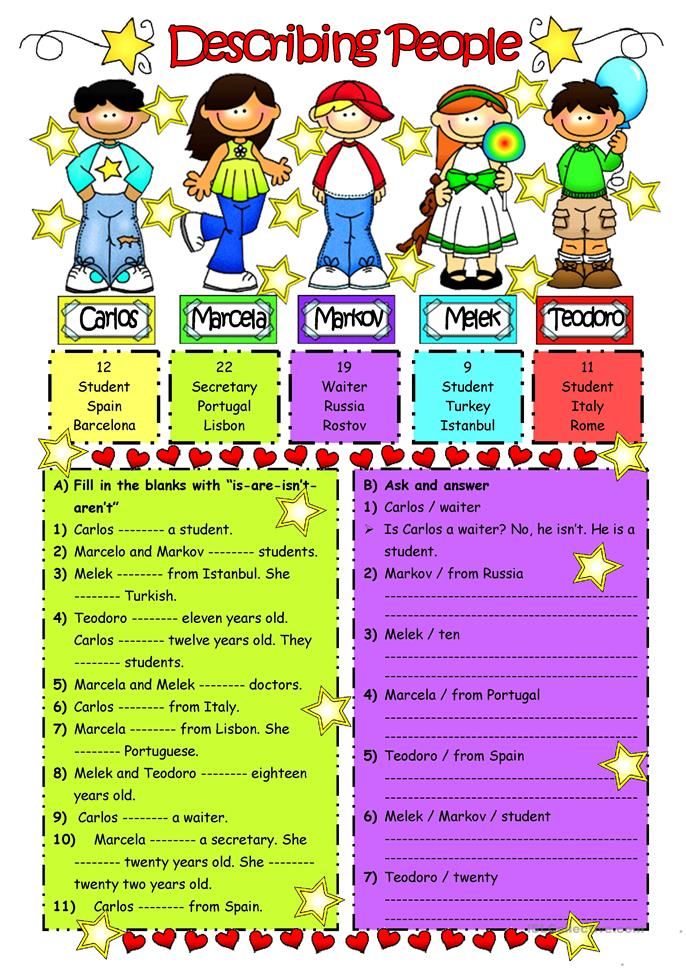 They are based on the so-called "map of emotions", according to which our emotions are like an iceberg. At the top of them, as a rule, is anger (or, as a variant of it, resentment) - and under the layers of anger lie sadness and pain, fear, needs and needs, dreams and desires, and finally - love . And by expressing our emotions on ALL of these levels, we can reach the Complete Truth, the love that underlies everything. And this is necessary to cure any pain, not only in the senses, but also in the body.
They are based on the so-called "map of emotions", according to which our emotions are like an iceberg. At the top of them, as a rule, is anger (or, as a variant of it, resentment) - and under the layers of anger lie sadness and pain, fear, needs and needs, dreams and desires, and finally - love . And by expressing our emotions on ALL of these levels, we can reach the Complete Truth, the love that underlies everything. And this is necessary to cure any pain, not only in the senses, but also in the body.
In this article you will find the most detailed instruction on writing such letters, and you can turn on this video and write a letter right under it!
Being honest with yourself about your feelings - especially unpleasant ones - is the beginning of healing and is almost always the most important part of the process!
When my anger, sadness or pain leads me to a conflict, quarrel, confrontation in relationships with other people, this only exposes the emotional tension, under which deep feelings and fears are hidden. And if I open (at least for myself at first) and express (at least in some way) these feelings and fears, if I admit my vulnerability, I thus open myself to love. By fully and completely expressing my feelings (anger, sadness, fear, desire), I also open the flow of love (which unexpressed feelings do not miss!).
And if I open (at least for myself at first) and express (at least in some way) these feelings and fears, if I admit my vulnerability, I thus open myself to love. By fully and completely expressing my feelings (anger, sadness, fear, desire), I also open the flow of love (which unexpressed feelings do not miss!).
The technique of writing feelings is very simple: we step by step go through all the stages of the emotional iceberg, discovering (and opening to) what lies at its basis.
And although it doesn't sound very easy, trust me in my experience, this is the fastest technique for solving problems that could otherwise plague us for years. Agree, after all, even an hour for writing is much, MUCH less than hours, days, weeks, months or even whole years of worries!
Anger is love turned inside out.
Barbara De Angelis
How to write a letter of feelings?
Anyone can be the recipient of your letter of feelings: husband, mother, son, father, boss, and even a part of the body or an illness!
Here is the basic structure of feeling writing.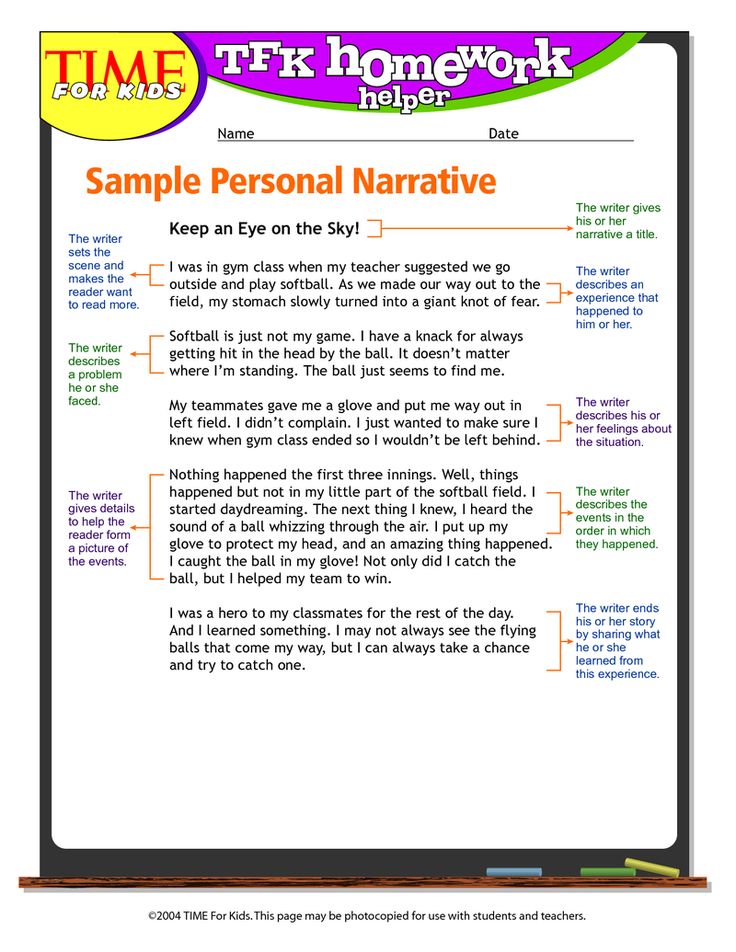 Usually, the instructions make do with a short list of initial phrases of four to six points. Especially for this article, I expanded the unique template: up to ten emotions in each section! After each line, you can add as many continuations as you like - adding any conjunctions, for example, "what", "when", "because", "because of" and so on!
Usually, the instructions make do with a short list of initial phrases of four to six points. Especially for this article, I expanded the unique template: up to ten emotions in each section! After each line, you can add as many continuations as you like - adding any conjunctions, for example, "what", "when", "because", "because of" and so on!
Dear (darling) ...
Part 1. Anger
I get so angry when...
I get so angry... I hate...
I hate...
I hate...
I get angry...
I get annoyed...
I get annoyed...
I get disgusted...
I despise... I'm outraged...Part 2. Sadness, sadness, pain
I feel alienated…
It hurts me…
It hurts me when…
I feel sad…
I feel sad…
I feel sad…
I feel disappointed…
I feel despair...
I am upset...
I am sad...
I feel despair...
I am upset...
I feel hopeless...Part 3.
Fear
I am afraid...
I am frightened...
I feel confused...
I am worried...
I am afraid...
I am worried...
I am worried...
I am sad...
I feel confused...
I am afraid...
I feel confused05...Part 4. responsibility, repentance, apology
I'm sorry that...
I'm embarrassed...
I'm embarrassed...
I'm embarrassed...
I never wanted to...
I'm uncomfortable...
I never wanted to...
Please forgive me...
I'm embarrassed...
I'm ashamed...
I I feel guilty for...
I'm embarrassed...
I'm sorry...
I'm sorry...Part 5. Desires, needs, love
I wish...
I'm so glad you...
I wish you...
I love it when you...
What I really want is...
I really really wish that...
I'm so grateful for...
I need...
I love the way you...
What I really want is...
It would be great if...With love,
(Signed)
Fear is always a question, what am I afraid of and why? Just as there is always a seed of health in illness, because illness carries information about health, so our fears are a treasure trove of self-knowledge if we explore them.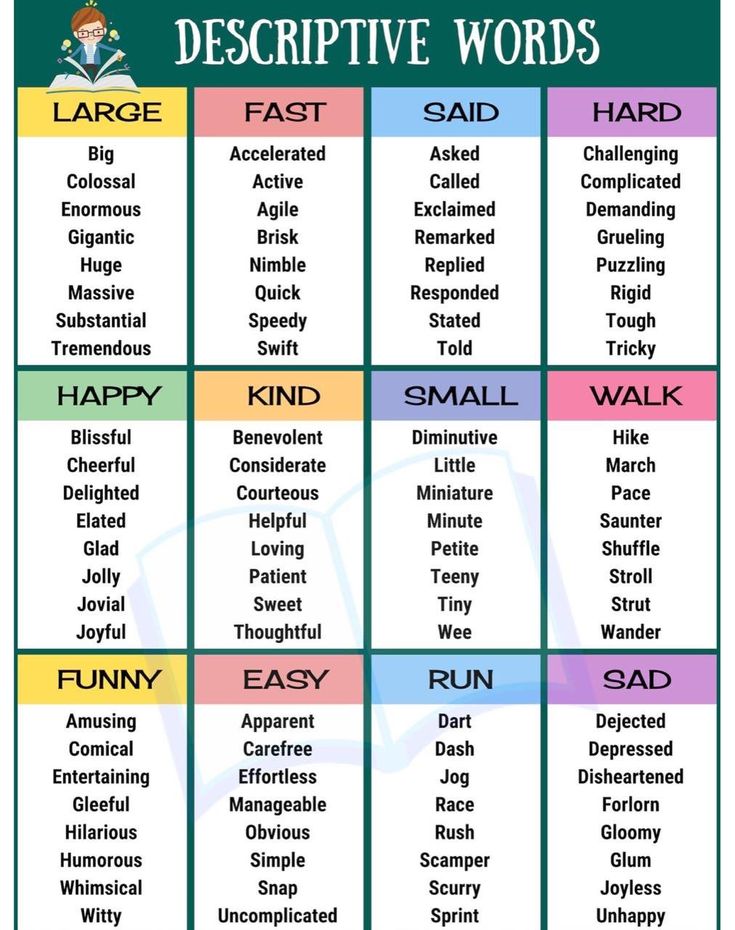
Marilyn Ferguson
Important clarifications, additions, hints
- Give attention and time to all your feelings.
It is important not to get stuck on one of the sections to the detriment of others, but to devote approximately equal time to all parts. We all have familiar feelings that are easier to express, and there are unusual ones that are difficult to admit even to ourselves and even in writing. For example, it is easier for many women to express pain and sadness, and for men to express anger, but these feelings become just a habitual way, under which both fears and desires (security, recognition, warmth, love) are hidden. It is important to both express ALL your feelings and understand what deep feelings and experiences they grow from. - There are no bad and good emotions, everything is just emotions.
And our task is to learn how to express our anger and pain in a way that is respectful both for others and for our deepest needs for love and acceptance.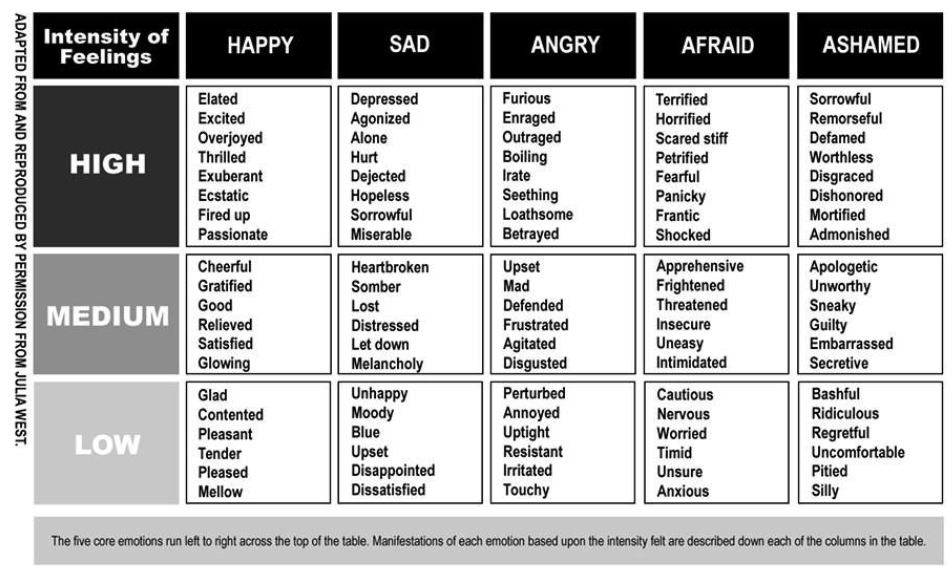 And "dumping" our anger and sadness on others is an attempt to manipulate them in order to achieve the actions we need. And this does not lead to mutual situations where we can both take care of ourselves and give others the opportunity to respect their own needs and desires.
And "dumping" our anger and sadness on others is an attempt to manipulate them in order to achieve the actions we need. And this does not lead to mutual situations where we can both take care of ourselves and give others the opportunity to respect their own needs and desires. - Do not edit your words and feelings!
This is the very moment when you can and even need to say everything as it is! Even if you have been hiding and hiding for years, now is the time when you can express absolutely everything that is hidden in your soul. And the more completely you do this, the easier it will become for her!
In addition, at this stage you are just expressing your own, purely internal anger, which is not worth "dumping" at your addressee in this form. But it is most important for you to throw it out - and break through it - in order to reach deeper layers. It may turn out that this anger has nothing to do with your husband, father, boss or child! - You can go back and finish writing.
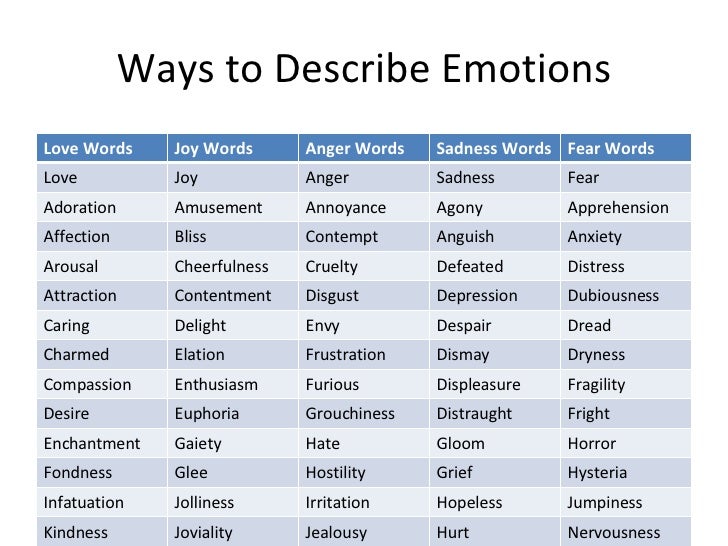
If unsaid feelings from the previous part come up, you can simply return to it and add them. But if one of the parts of the letter of feelings turns out to be noticeably larger than the others, try to add at least a little to the rest to pay tribute to all feelings. - Naming the fear is more than half of his healing.
It is very, VERY important to talk about your fears and concerns. Without knowledge of fears, the anger or sadness that flows from them will be misexpressed (or unexpressed). Fear is normal, it is natural and it is real. Our task is not to eliminate fear, but to recognize it and listen!
Fear is our ally when it warns of threats to our physical, emotional or spiritual survival. At the same time, fear is often no longer rational, not associated with any real threat. In this case, it is important to learn how to curb your fear, not allowing it to be the cause of our painful or inappropriate actions. - There are always two sides to any situation.
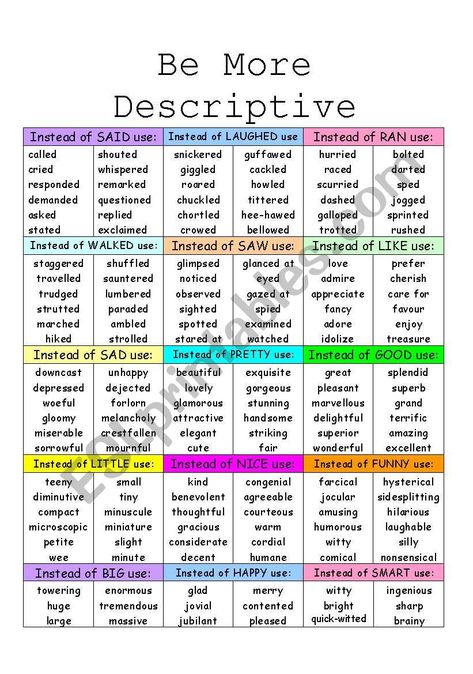
For complete liberation, it is important to take responsibility for your part of the situation. Many of us tend to put the problem outside ourselves. “This is what they did”, “this is how they treat me”, and so on. When we really honestly look into our hearts, we can usually find our contribution to the current situation. Identifying this contribution, accepting your characteristics and responsibility for your actions (or inactions) is a necessary part of healing.
- It is very important to express your current desires, needs and dreams.
Unfulfilled or unrecognized desires often bring pain, indignation and anger. And we may not be aware of our deepest needs (usually the need for love, acceptance and recognition), and we can unconsciously project the expectation of these needs to be met on our spouses, loved ones, business partners or friends. I think it is clear how important it is to learn to be well aware of your needs and express them clearly and consciously in any relationship, whether at home or at work.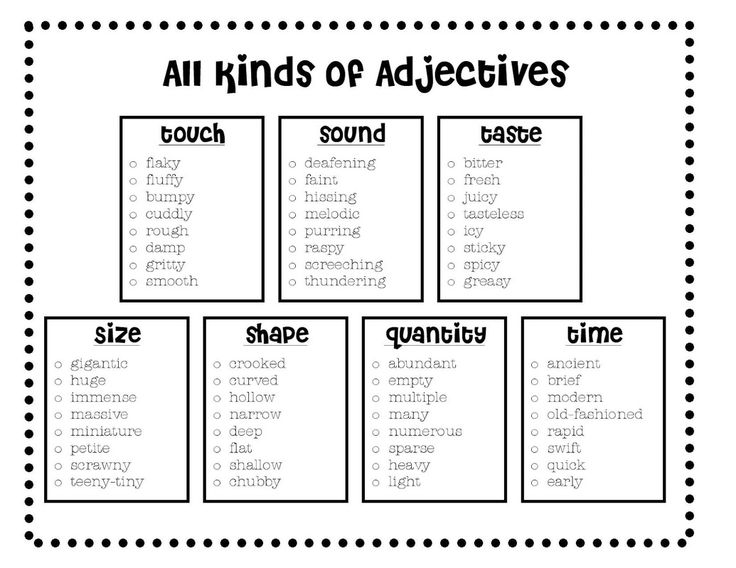 Only in this case can we be sure that our emotional reactions are connected with our deepest needs. Then we can easily and clearly ask for what we want without unnecessary unrealistic expectations in the relationship. This is part of our journey to awareness. This is the way we create more and more love, fulfillment and peace within and around us!
Only in this case can we be sure that our emotional reactions are connected with our deepest needs. Then we can easily and clearly ask for what we want without unnecessary unrealistic expectations in the relationship. This is part of our journey to awareness. This is the way we create more and more love, fulfillment and peace within and around us! - It is important to complete the letter.
If you don't have much time, set a timer right away, it's even better to give yourself a certain amount of time for each of the parts. Often, the time limit stimulates our imagination well and makes us immediately move on to the most important thing, bypassing intermediate trifles and lengths.
- Thank yourself for a job well done.
This is an incredibly important step towards the healing of your soul and you have taken it! I'm very happy for you!
Letters of feelings with a reply
If you have time to continue, that's great! Because it is just as important to read the letter through the eyes of the addressee!
When you have finished your letter, try reading it aloud.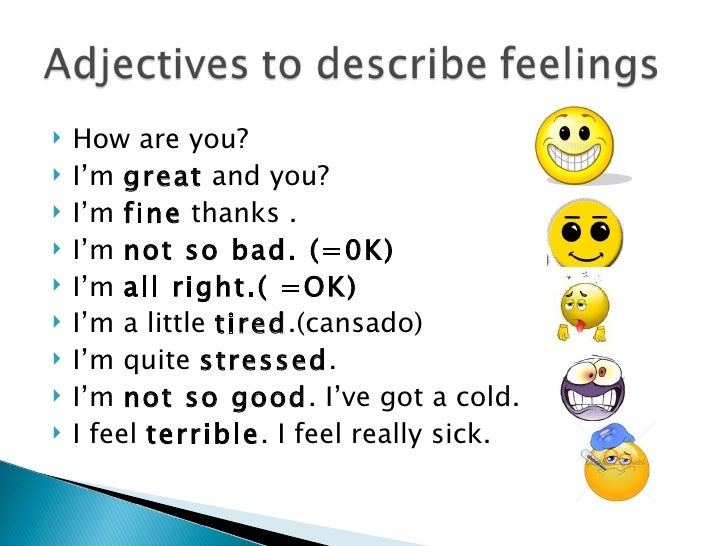 Or even read into a voice recorder and listen. If at the same time you imagine that you are reading this letter through the eyes of the addressee, the process will be more complete and its results will be more unexpected.
Or even read into a voice recorder and listen. If at the same time you imagine that you are reading this letter through the eyes of the addressee, the process will be more complete and its results will be more unexpected.
A very important part of the process is writing your own answer. It allows you to take the other's point of view as carefully as you ever have in your life. In one of the modern studies there is frightening data: on average, we are able to think about another person for only 7 seconds ! A response letter of feelings will allow you not only to extend this time at least 100 times, but also to really get used to the image and feelings of another person. In the vast majority of cases, this alone is already enough to exhaust the situation.
Believe me, this can be done not only with people! One of my clients wrote a letter to bags under her eyes! I read their answer to her (she sent me a photo) - and I cried.

Of course, you can only guess what is going on in the head of your addressee if you write to another person. But the results of this process are often startling.
When I wrote letters of feelings on situations from childhood, and answered myself on behalf of my mother and grandmother, I was struck to the depths of my soul that in adulthood, many words and actions are seen in a completely different way!
John Gray in his book "How to get what you want and want what you get" suggests writing the kind of response letter you would like to receive. Write in it everything that you would like to hear in order to feel that you are understood, loved and taken care of. Write the perfect answer, no matter how selfish or unrealistic it seems to you. The main thing here is to feel, accept and express those very deep desires, needs and dreams that underlie anger, pain, sadness or fear. This acceptance is what leads us to healing!
A response letter can also be written according to the template, in five parts.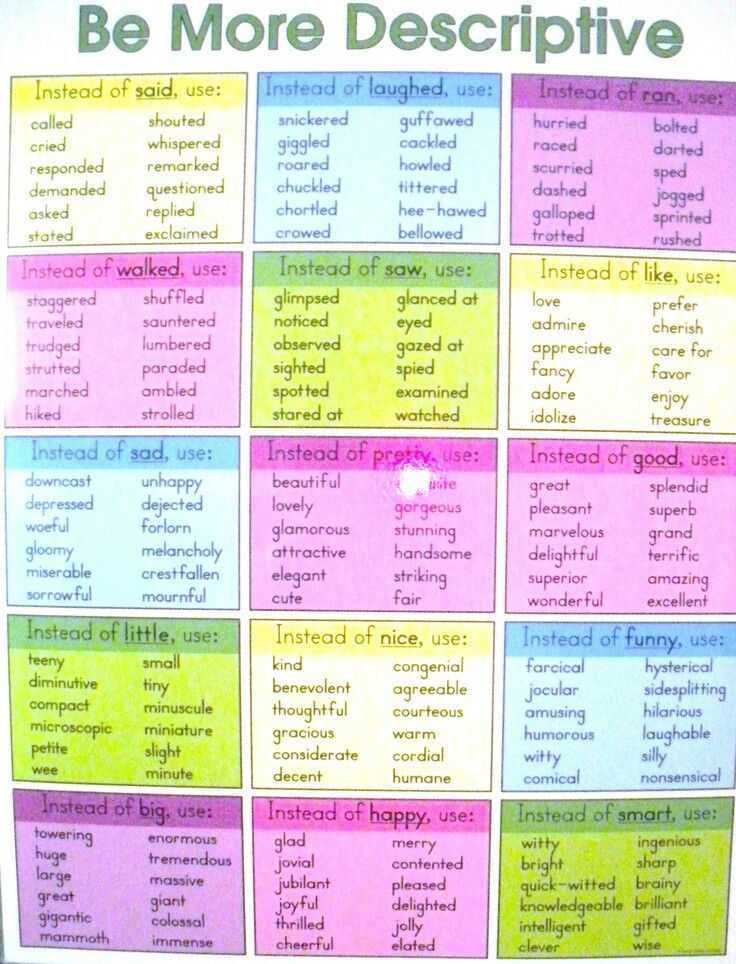 Here they are:
Here they are:
Part 1. Apology
Please accept my apologies for...
I'm sorry for...
I'm sorry that...
I didn't mean that...Part 2. Forgiveness
Please forgive me...
Will you forgive me for...
Please excuse my...Part 3: Understanding
I come to the conclusion that...
Now I understand that...
Now, it is clear to me that...Part 4. Promises
I would like you to...
I promise that...Part 5. Love
I love you…
You mean so much to me that…
I want to take care of you…
Write until you feel like you've said everything you wanted to say. Then read this letter again - with your own eyes :)
You can write the letter and answer again if you feel that there is an understatement. Once again. And one more thing :)
And in the end, it’s good to write a “letter-response”.
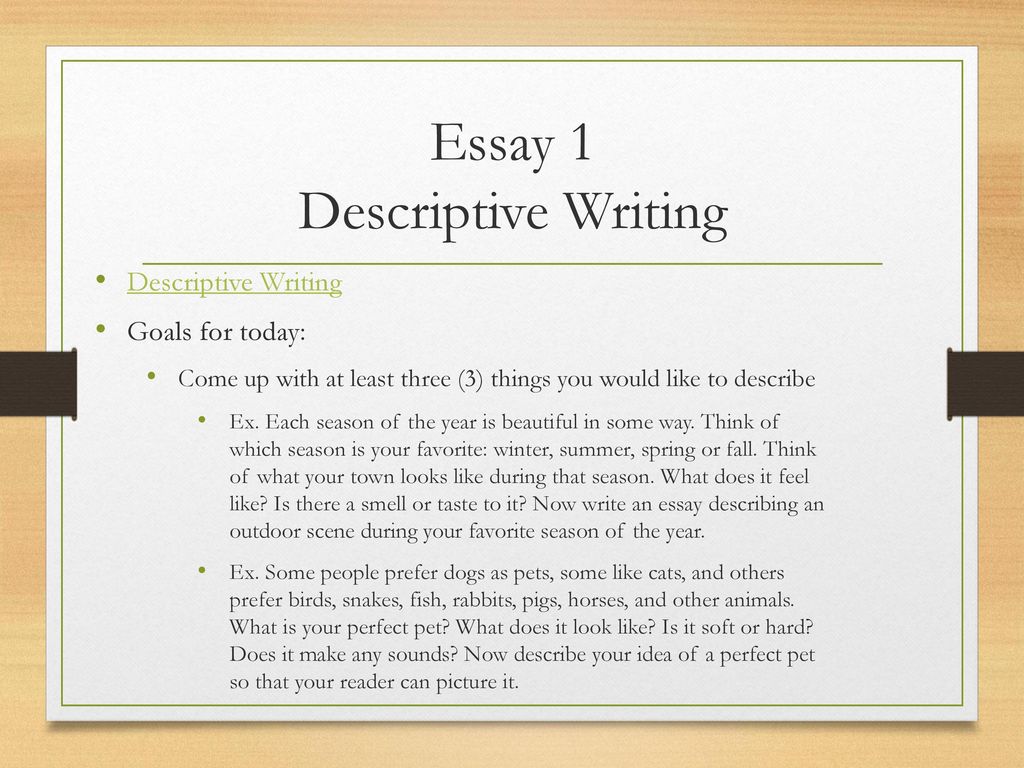
In it you can express all your impressions of the process, express your joy and gratitude for the love and understanding that you needed so much. The Relationship Letter helps us to express and relive what it is like to actually get what we want, to feel support, support and love.
The Letter of Reciprocity connects us to our very core, to the love, integrity and value that is within each of us. This fills us with the inner strength to love ourselves and feel worthy of love, even if people and circumstances do not seem to give us all that we want and deserve.
For a relationship letter, to get in touch with your feelings, to feel fullness, love, care, you can use the following phrases:
I am so grateful for...
I thank you for
I begin to understand...
I understand now...
I thank you
I love you...
How to understand that a letter of feelings is completed
The most beautiful thing is when there is warmth, gratitude, gratitude and love inside in relation to the person to whom you wrote.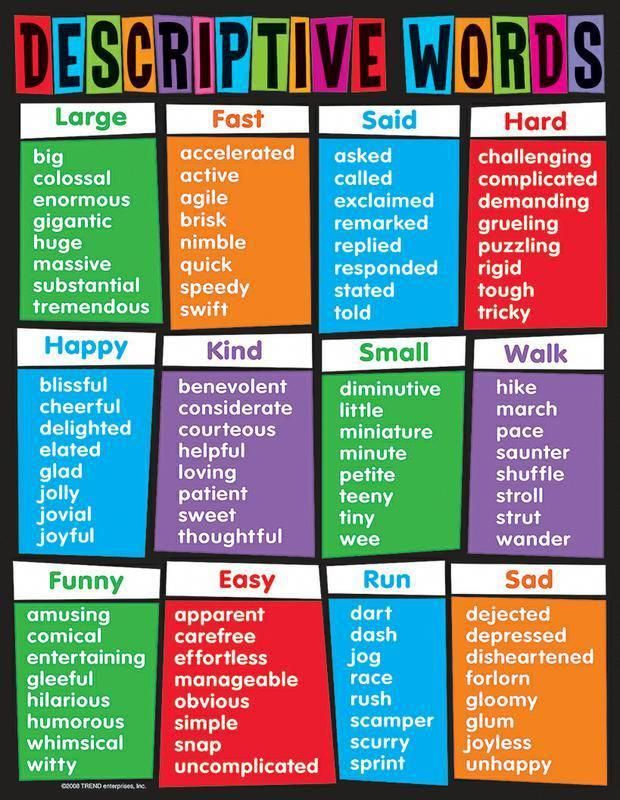 If this feeling is not present, more letters may be needed, and for other situations. When it comes to parents and other key people for you, the process may not end immediately, but after a while.
If this feeling is not present, more letters may be needed, and for other situations. When it comes to parents and other key people for you, the process may not end immediately, but after a while.
Give yourself the opportunity to be with yourself if you want, cry if you want, call and say “I love you” 🙂 support yourself and fill up so that feelings and experiences have the opportunity to leave lightly and easily.
If there is a state of lightness, tension is gone, as if a great weight has fallen from you, you feel relief and surprise at how easy and simple everything is - it's just wonderful!
If suddenly you have an understanding of how everything was "really", what were the reasons for actions and events - this is also very cool and important. Rational understanding goes hand in hand with emotional clearing - but is not required :)
After the feeling letter is written
You can talk to your recipient if you want :) usually it is better to keep the details of the inner work to yourself until your own process is completed, at least for a day.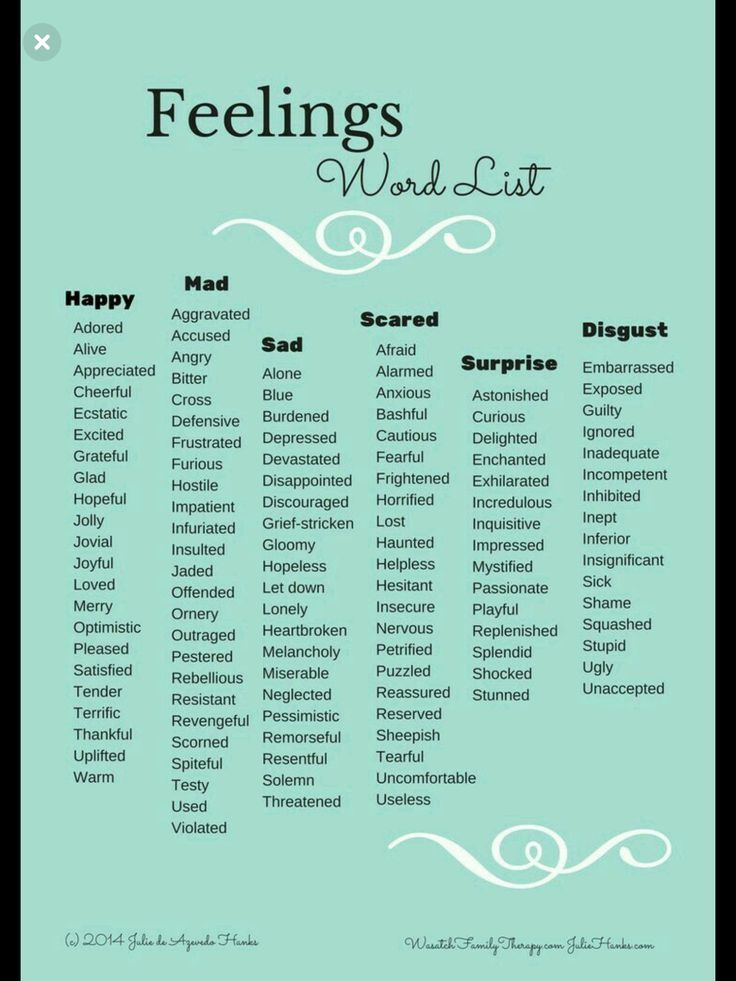 If you want to confess your love to your parents or husband, you should do it :)
If you want to confess your love to your parents or husband, you should do it :)
You can also do a material letting go ritual with letters, for example, burn them — or cut them into small pieces and release them into water… along with all the remaining experiences and energies.
Our old, unlived feelings and experiences can and should be brought out in any way that pleases you. And return to yourself the resource that is hidden in them!
And there is no other way than "start and continue" :) But still, there is a way to make it easier for yourself - to do it together with someone. And I will be glad to do it with you!
Share: Have you written letters of feelings? What situations in your life have changed, happened or not happened thanks to them?
Download this manual in pdf to print and use for writing letters here.
If it is difficult for you to start writing feelings alone, I suggest you join my chatbot, where we regularly do writing practices and fill ourselves with love for ourselves and others!
Materials used and cited
How To Make Love All The Time, by Barbara DeAngelis Ph.